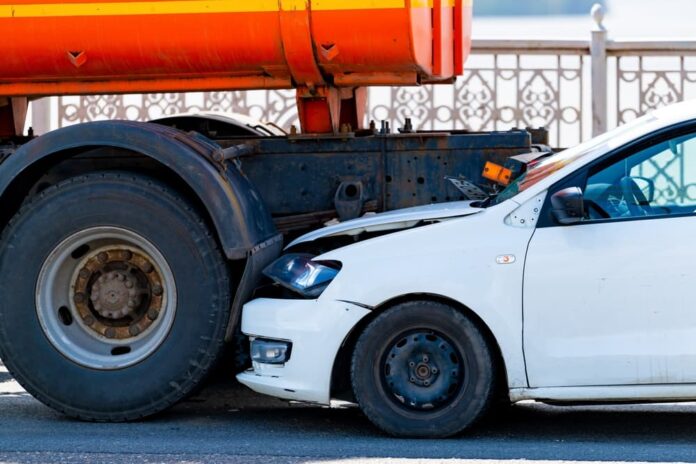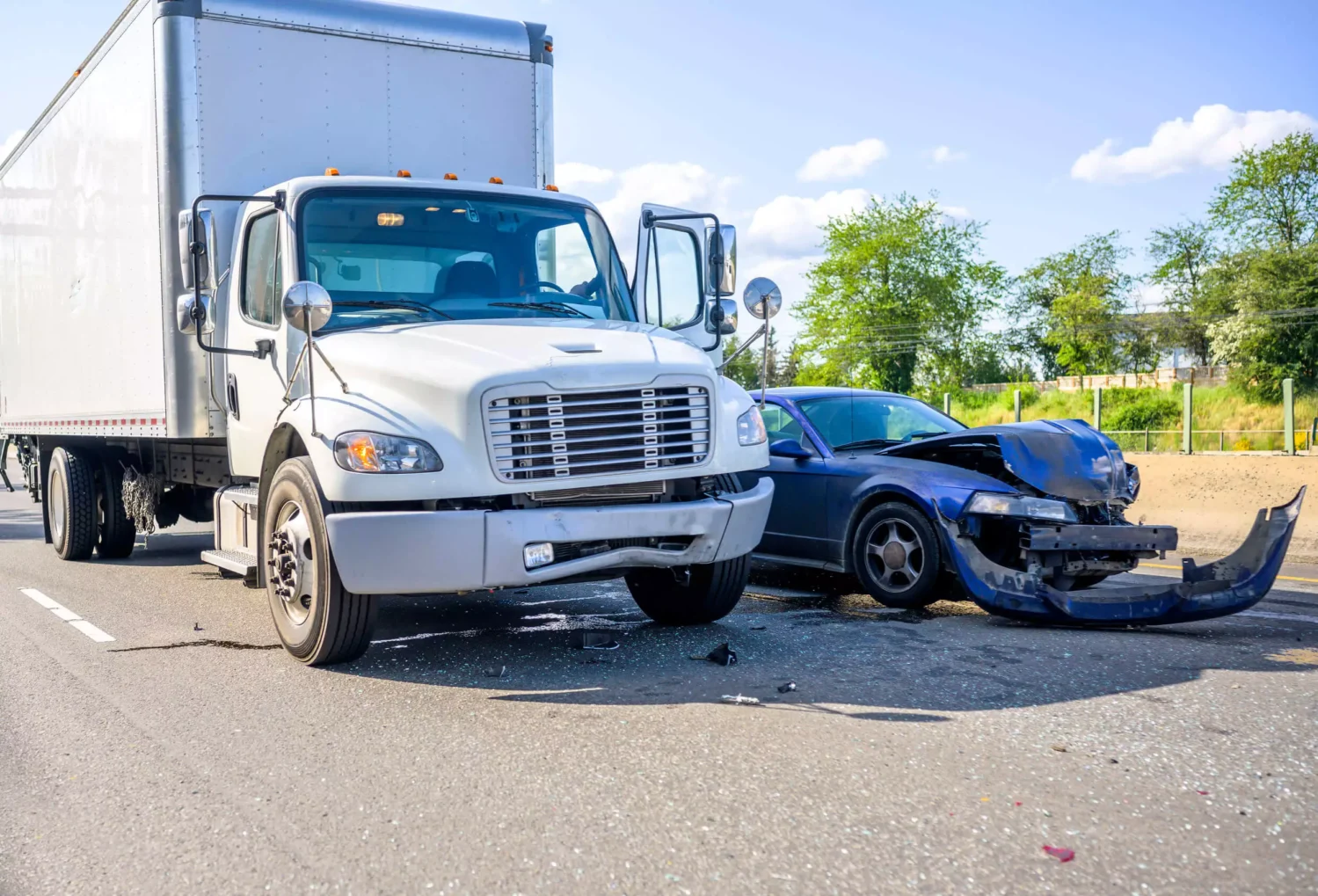Underride accidents are specific types of vehicular accidents that occur when a smaller vehicle such as a car, motorcycle, or bicycle, slides underneath a larger vehicle such as a truck or a semi-trailer in a collision.
These accidents are often catastrophic due to the sheer size and weight disparity between the vehicles involved. During an underride accident, the top part of the smaller vehicle can be sheared off, causing severe injuries and fatalities to the occupants.
According to the Department of Transportation in the United States, out of the approximately 500,000 truck accidents that occur every year, about 5,000 are classified as underride accidents.

These accidents can occur at any time, under varying road conditions and weather, making them a significant concern for road safety organizations and traffic authorities worldwide.
Despite the alarming statistics, the unique dangers of underride accidents are still not well known among the general public, hence the need for a deeper understanding of its causes and consequences to better equip drivers on the road.
Underride Accidents
Underride accidents occur when the front of a smaller vehicle slips under the back or side of a larger truck or trailer. This can happen due to a number of reasons such as sudden braking by the truck, the smaller vehicle following the truck too closely, or poor visibility.
When the smaller vehicle slides under the larger vehicle, it’s usually the windshield that makes the first contact which often results in severe head injuries to the occupants of the smaller vehicle.
The aftermath is often lethal due to the height disparity between the vehicles and is further exacerbated if the truck’s underride guards fail to prevent the smaller vehicle from sliding underneath.
There are three types of underride accidents: rear, side, and front underride accidents. Rear underride accidents are the most common and occur when a vehicle crashes into the back of a truck or trailer. Side underride accidents happen when a car goes under the side of a truck, usually in accidents at junctions or in cases wherein the truck is making a turn.
Front underride accidents, though less common, occur when a truck backs into a vehicle or a stationary object. Each of these types comes with their unique challenges in safety measures and injury outcomes.
The Consequences of Underride Accidents

The physical implications of underride accidents are often severe due to the nature of the impact. In many instances, the roof of the smaller vehicle is sheared off, leaving its occupants exposed to the larger vehicle’s onslaught.
Consequently, these accidents frequently result in traumatic brain injuries, spinal cord injuries, or even fatality. Survivors may require extensive medical care and rehabilitation, and might also face permanent disability.
Given these circumstances, accident victims or their families often require the services of a personal injury lawyer to seek compensation for the injuries sustained.
Underride accidents also have an immense emotional and psychological impact on the victims. Any severe car accident can lead to post-traumatic stress disorder (PTSD), depression, anxiety, and a plethora of other psychological conditions.
If an accident results in disability, the victim may face grief over lost abilities, stress due to changed life situations, and the struggle with acceptance of a new reality. These emotional and psychological consequences often require long-term therapy and counseling.
Causes of Underride Accidents

There are several causes of underride accidents, and the first is the lack of proper safety equipment. Though some trucks and trailers come equipped with underride guards designed to prevent smaller vehicles from sliding underneath, not all of them are effective in preventing underride accidents.
In some instances, the guards are poorly maintained or not strong enough to withstand the impact, leading to catastrophic underride accidents. The visibility of these guards is also critical. If they are not properly reflective, smaller vehicles may not see them in time to avoid collision.
Other contributing factors include visibility issues, adverse weather conditions, driver error, and defective truck components. Driving too closely behind a truck can reduce a driver’s ability to react to sudden stops or turns.
Bad weather conditions like fog or rain can further exacerbate visibility issues and increase the likelihood of an accident. The truck’s brake lights, tail lights, or reflection tapes can be defective or obscured, making the truck virtually invisible in certain conditions.
Driver error due to distraction, fatigue or impairment can increase the risk of underride accidents.
Prevention and Safety Measures

Technological advancements and legislation play a vital role in preventing underride accidents. Safety devices such as underride guards are designed to prevent vehicles from sliding under large trucks in case of a collision.
Recent improvements in technology have led to the development of more effective guards and crash avoidance systems, including radar-based warning devices and emergency brake systems that can potentially prevent these accidents.
Enhancing the visibility of trucks, especially in low light or adverse weather conditions, with reflective tape or lights can alert other motorists of the truck’s presence.
Various countries have laws mandating the use of underride guards and regulating their quality and maintenance.
Several safety organizations are also advocating for stricter laws and regulations to ensure the effective use of safety devices and inspections to verify their proper installation and maintenance.
Alongside these preventive measures, educating drivers about maintaining a safe distance behind large trucks and avoiding blind spots can greatly reduce the risk of underride accidents.
Underride accidents are catastrophic incidents that result from a mix of factors including inadequate safety equipment, visibility issues, adverse weather and driver errors.
Understanding these factors and taking proactive steps in terms of legislation, technological advancements, and driver awareness can significantly reduce the prevalence and impact of such accidents.






